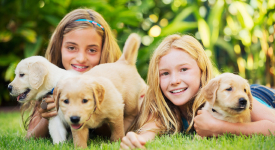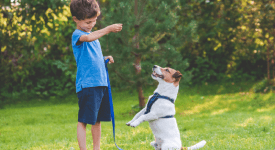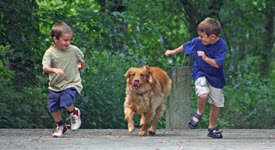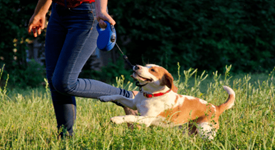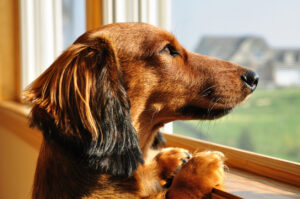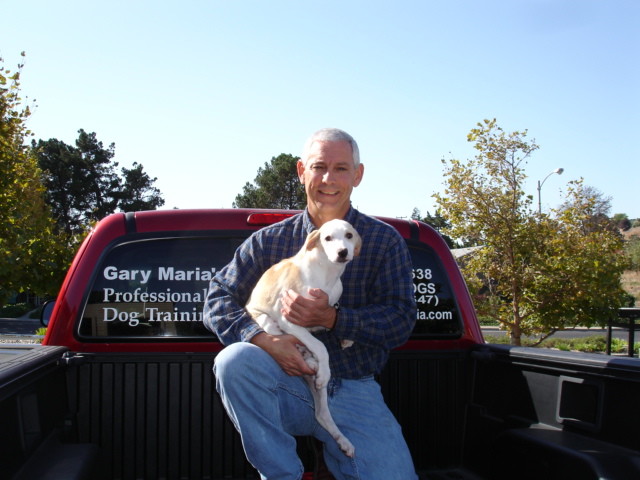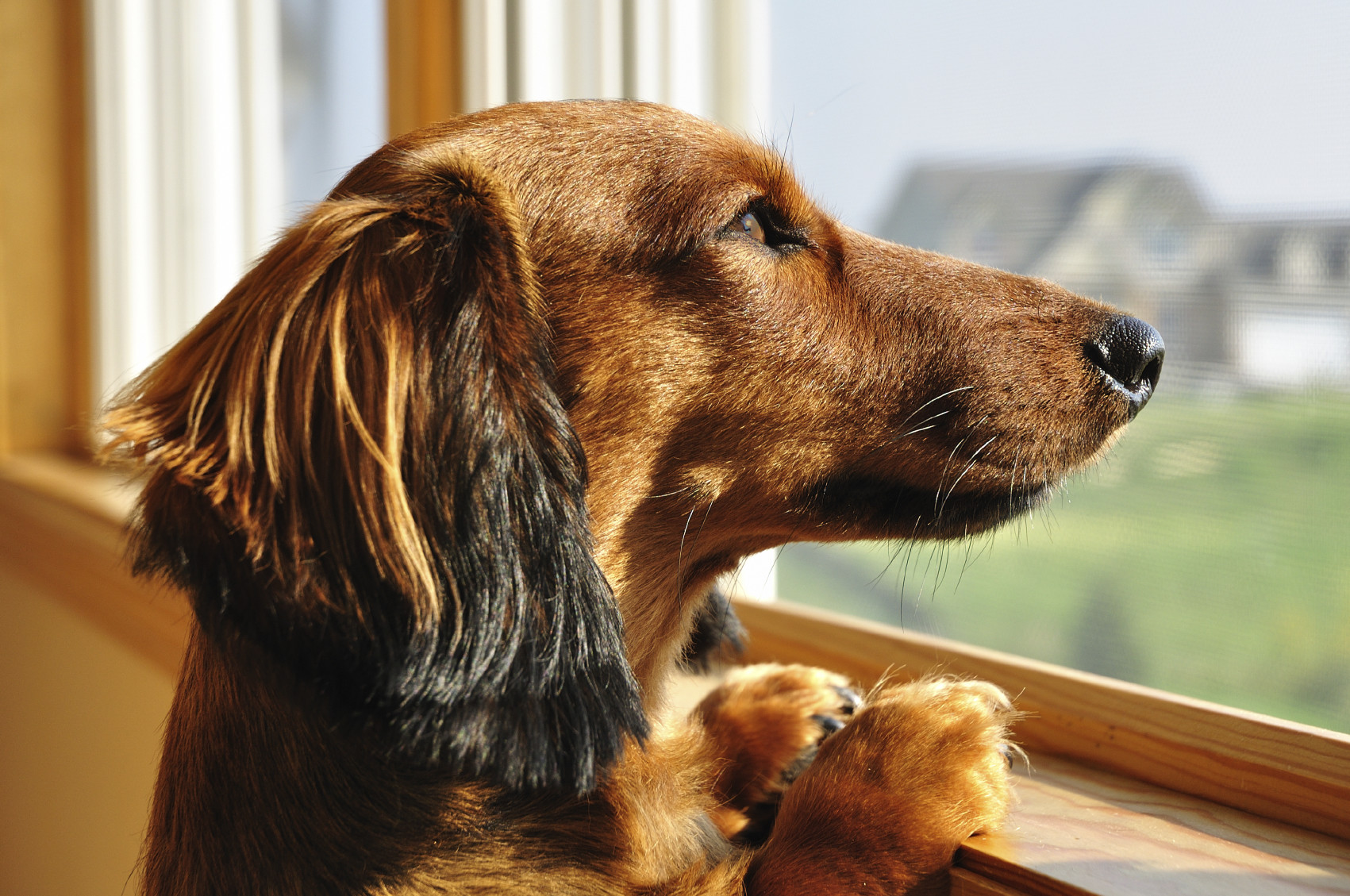
One of the most common complaints of pet parents is that their dogs are disruptive or destructive when left alone. Their dogs might urinate, defecate, bark, howl, chew, dig, or try to escape. Although these problems often indicate that a dog needs to be taught polite house manners, they can also be symptoms of distress.
When a dog’s problems are accompanied by other distress behaviors, such as drooling and displaying anxiety when his “parents” prepare to leave the house, this doesn’t mean that the dog isn’t house trained or doesn’t know which toys are his to chew. Instead, these signs are indications that the dog has separation anxiety.
Separation anxiety is triggered when dogs become upset because of separation from their guardians; the people they’re attached to. Escape attempts by dogs with separation anxiety are often extreme and can result in self-injury and household destruction, especially around exit points like windows and doors.
Some dogs suffering from separation anxiety become agitated when their guardians prepare to leave. Others seem anxious or depressed prior to their guardians’ departure or when their guardians aren’t present. Some try to prevent their guardians from leaving.
Usually, right after a guardian leaves a dog with separation anxiety, the dog will begin barking and displaying other distress behaviors within a short time after being left alone — often within minutes. When the guardian returns home, the dog acts as though it has been years since its seen his mom or dad!
When treating a dog with separation anxiety, the goal is to resolve the dog’s underlying anxiety by teaching him to enjoy, or at least tolerate, being left alone.
